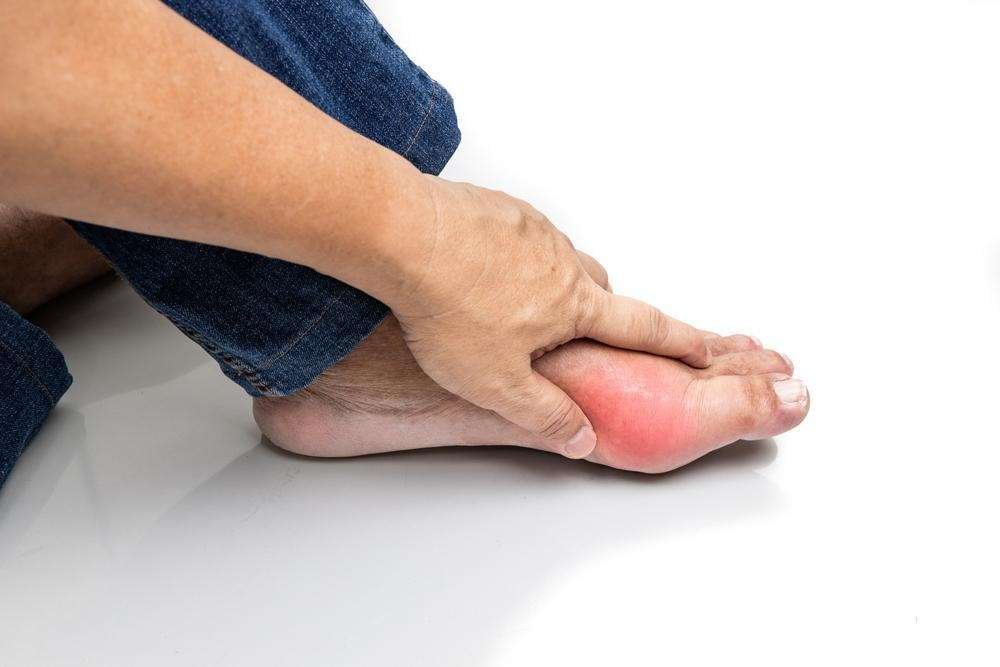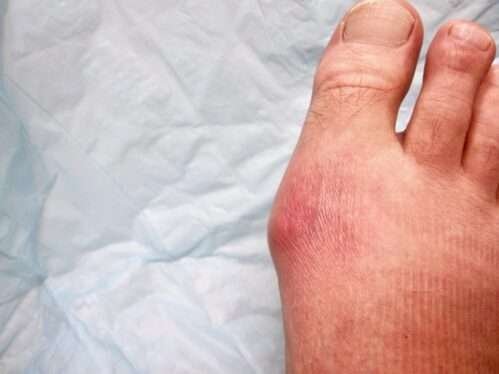
High uric acid is a common health problem that can affect your joints, kidneys, and overall well-being. When uric acid levels rise in the blood, they form crystals that deposit in joints and tissues, leading to pain and inflammation. Ignoring the early symptoms may result in serious conditions like gout or kidney stones. In this blog, we will discuss the 10 signs of High Uric Acid you should not ignore and why timely consultation is important.
1. Joint Pain and Swelling
One of the most common signs of High Uric Acid is joint pain, especially in the big toe, ankles, or knees. The pain is often sudden, intense, and can make walking difficult.
2. Redness and Inflammation in Joints
When uric acid crystals deposit around joints, redness and swelling occur. This is an important warning sign that uric acid levels are higher than normal.
3. Stiffness in the Morning
People with high uric acid often feel stiffness in the morning, especially in their fingers, toes, or knees. This is a key symptom that should not be ignored.
4. Repeated Gout Attacks
Frequent gout attacks are one of the clearest signs of High Uric Acid. If you experience sudden pain in the same joint again and again, it is time to get tested.
5. Formation of Tophi (Uric Acid Crystals)
Tophi are hard lumps that form under the skin due to uric acid deposits. They usually appear around joints, fingers, or ears.
6. Kidney Stone Formation
High uric acid can lead to kidney stones, causing back pain, abdominal pain, and painful urination. This is a serious complication that requires immediate attention.
7. Fatigue and Weakness
Persistent tiredness and weakness can also be linked to signs of High Uric Acid, as the body struggles with inflammation and pain.
8. Difficulty in Moving Joints
When uric acid levels are very high, moving affected joints becomes painful and difficult. Ignoring this sign may worsen the condition.
9. Frequent Burning Sensation While Urinating
High uric acid may affect the kidneys and urinary tract, leading to frequent burning during urination.
10. Reduced Range of Motion
Over time, uric acid deposits damage the joints, reducing flexibility and making daily activities harder.

Why You Should Not Ignore These Signs
Ignoring the signs of High Uric Acid can lead to chronic gout, kidney problems, and long-term joint damage. Early diagnosis and treatment are the keys to preventing complications.
Ayurvedic Approach for High Uric Acid
Ayurveda offers natural ways to manage uric acid through herbs, diet, and lifestyle changes. At Vedic Upchar, we provide expert Ayurvedic consultation to help you manage uric acid naturally and effectively. If you are experiencing these symptoms, consult today at vedicupchar.com.